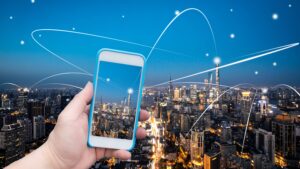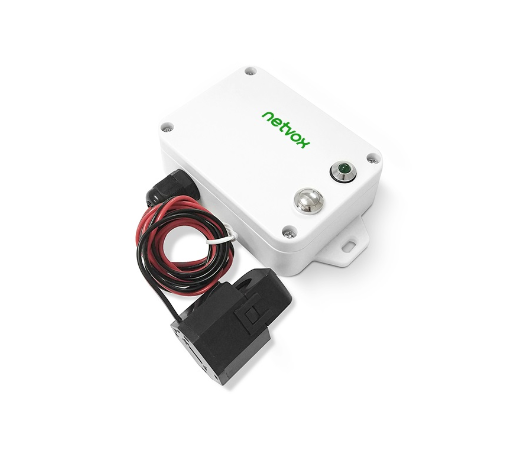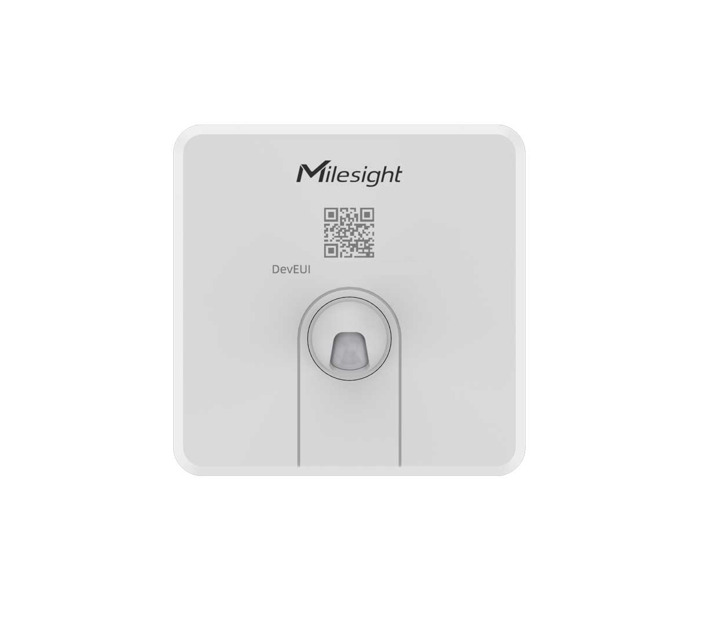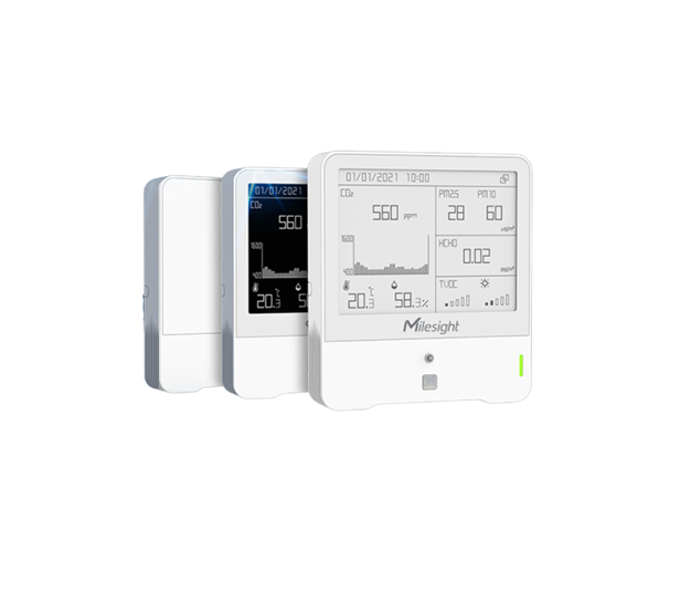Smart Cities & IoT
As the years go by, the population and urbanization rise. With that in mind many cities will be using technology and advanced networks in order to help them manage limited resources. In order to achieve that, cities might turn to a section of the Internet of Things called smart cities technology.
What is a smart city?
A smart city uses information and communication technology (ICT) to improve operational efficiency, share information with the public and provide a better quality of government service and citizen welfare. A smart city promotes economic growth by optimizing city functions to improve the life quality of its citizens with the help of smart technologies and data analysis. Smart cities provide a more efficient, high quality lifestyle for their citizens with the methods discussed below.

Smart city technologies
With IoT, smart cities technologies are able to improve the everyday tasks making them easier and more efficient by taking off the burden related to public safety, environmental issues, traffic etc.. Here we have our most popular smart city technologies.
Smart Utility Meters
These devices connect to buildings and smart energy grids, allowing utility companies to manage energy flow more effectively. Smart meters also allow the user to monitor their energy consumption and it is estimated that utility companies could save $157 billion by 2035 due to smart meter implementation.
Smart Transportation
We have already seen smart vehicles using voice search and location data effectively. Other ways that smart transportation has taken effect is on public transport along with onboard Wi-Fi, real-time contactless card payments, QR code ticket scanning, and more.
Smart Waste Management
Waste management is something that is often overlooked and is both costly and inefficient. Smart waste management solutions can alleviate some of these pain points by monitoring how full public bins are and send that data back to a central database to provide the best pick-up routes.
Air Quality Monitoring
The IAQ sensors monitor CO2 levels to estimate the parts per million (PPM) and can automatically open a window, turn on an air extraction unit or send a notification to a designated user to act.

How can smart city technologies improve the everyday life of citizens?
- Applications can help cities fight crime and improve other aspects of public safety
Deploying a range of applications to their maximum effect could potentially reduce fatalities (from homicide, road traffic, and fires) by 8% to 10%. In a high-crime city with a population of five million, this could mean saving up to 300 lives each year. Incidents of assault, robbery, burglary, and auto theft could be lowered by 30 to 40 percent. On top of these metrics are the numerous benefits of giving residents freedom of movement and peace of mind. With real-time mapping, for instance, cities can utilize data to highlight patterns. With the evolution of smart cities predictive policing is always a step ahead by anticipating crime to incidents before they occur. When incidents do occur, smart applications such as gunshot detection, smart surveillance and home security systems can accelerate law-enforcement response.
2. Smart-city technologies can make daily commutes faster and less frustrating
Millions of people in cities have all the same issue. And that’s the everyday commute from home to work. Long hours stuck in traffic or rush hour overcrowded buses and trains are becoming a real problem. We are all pretty familiar with this.
By 2025, cities that have adopted smart mobility applications can commute by 15% to 20% on average, with some people having the opportunity to enjoy larger reductions. By using digital signage or mobile apps real-time information can help riders to adjust their routes accordingly. With IoT sensors installed on existing physical infrastructure can help fix problems before they evolve into any sort of breakdowns and delays.
3. Cities can be catalysts for better health
Applications that can help prevent, treat or monitor chronic conditions such as diabetes or other chronic diseases will help the world make significant changes in the healthcare sector.
Remote-patient-monitoring systems have the potential to reduce the health burden in high-income cities by more than 4%.
With this data ,patients and doctors can be alerted when an early intervention is needed avoiding complications and hospitalisations.
With the help of the data and analytics certain demographic groups with elevated risk profiles can be identified, targeting interventions more precisely. Other apps with informative, lifesaving messages about vaccinations, sanitation and safe sex are also going to take effect on the prevention and education of certain diseases.
Another 5% reduction is possible if developing cities use infectious-disease surveillance systems to stay a step ahead of fast-moving epidemics.
4. Smart cities can deliver a cleaner and more sustainable environment
Applications such as pay-as-you-throw digital tracking can reduce the volume of solid waste per capita by 10 to 20 percent. Overall, cities can save 25 to 80 liters of water per person each day and reduce un-recycled solid waste by 30 to 130 kilograms per person annually.
The urbanization and consumption growth can cause environmental pressures to multiply. Applications such as building-automation systems, dynamic electricity pricing, and some mobility applications could combine to cut emissions by 10 to 15 percent.

Smart Cities in Europe
Europe is a smart city development leader. The EU has been proactive in encouraging its member nations to develop smart cities, and the European Commission has allocated 365 million euros for this purpose.
In 2014 Westminster, London deployed a smart parking project. SmartPark, allows drivers to quickly locate parking spaces and makes it easier to find available spots. This, in turn, alleviates urban traffic congestion.
The future is IoT
The Internet of Things (IoT) has the potential to transform virtually every industry, and one area that is particularly well-suited to IoT technology is smart cities.
Enabling the seamless exchange of data and information between different devices, sensors, and systems, IoT can help to create more efficient, sustainable, and liveable cities. Smart City technologies such as applications that help fight crime by detecting and responding to emergency situations will help reduce crime rate and improve overall safety for residents.
Other IoT technologies will also improve transportation by integrating data from sensors in different transport infrastructure that will help city planners gain real-time insights into traffic patterns and adjust route accordingly.This can help to reduce traffic congestion, improve air quality, and make it easier and more convenient for residents to get around.
Overall, IoT technology has the potential to transform the way we live and work in smart cities. By enabling the seamless exchange of data and information between different systems, devices, and sensors, IoT can help to create more efficient, sustainable, and liveable cities. As the technology continues to advance, we can expect to see even more exciting developments in the world of IoT in smart cities.






